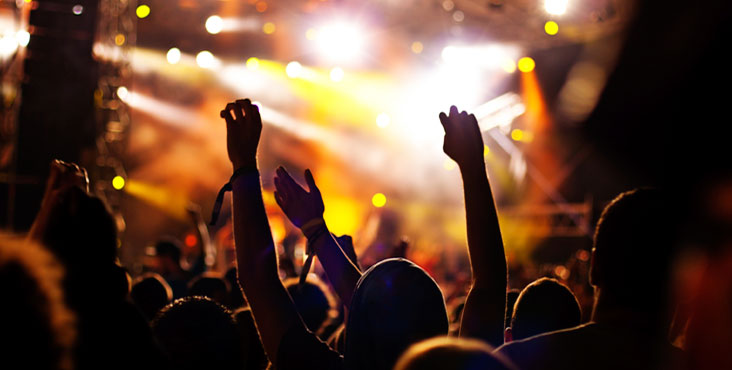It’s a Friday night, which for many means one thing: clubbing. I find myself migrating towards the venue we have chosen alongside a host of glitter faced, plaid-clad revellers following pre-drinks at a friend’s house on campus. Amongst our party are two of my close friends, who are wheelchair users; one of whom I also work for part time as a personal assistant. As part of our Disability History Month series, The Gryphon discusses the incorrect use of disabled toilets in clubs and how this impacts upon disabled users.
Upon arriving at the club, we are greeted cordially by door staff who allow us to proceed straight inside and explain to us the accessible route towards the venue. Accustomed to clearing crowds to allow our friends to get around, we find ourselves by the bar without any major hitches or obstacles. After a few customary doubles, my aforementioned friend asks me if I can escort him to the bathroom.
After negotiating our way through the well-meaning but oblivious crowds, we find ourselves outside the accessible bathroom (which has recently also come to incorporate a gender-neutral facility). Seeing that the lock is engaged, we chat and wait patiently, understanding that for some with mobility impairments, using the facilities can sometimes be fairly time consuming. Five minutes pass. I knock on the door and politely ask that whoever is inside may hurry up. Five more minutes pass. By now, my friend and I are slowly losing our patience, and I knock again, more insistently this time. Eventually, we hear the long-awaited click of the door unlocking and back away from the door, only to be greeted by a flurry of shouting and gesticulation from two able-bodied young ladies, irate at being asked to hurry. After a heated exchange with myself, the two then proceeded to stagger back downstairs towards the dance floor.
Sadly, this is not a first; nor is it even a rarity when I attend such events with my friend. We have had several similar experiences in this club alone, and I am sad to say that, in our experience, it seems to be mostly younger female students who are preventing my friends with mobility issues from using accessible facilities.
Now this is not to say that we haven’t had our share of negative experiences with male students; from climbing over my friend without a single word said to him, to spilling drinks on him without apology, to the sadly inevitable long glances and stares. But for me, this raises a very touchy question: is it that bathroom facilities are not sufficiently sized for the number of women who attend events – as is perhaps evident in queue sizes – or is there an attitudinal problem to be addressed here?
At this point I should say that I imagine many of the people who use these facilities do so on the grounds of a non-binary or trans-gender identity, as they are so intended to accommodate. However, what my friend and I take umbrage with is the attitude of hostility and entitlement with which we are met, despite the visibly evident fact that my friend does not possess the option to use an alternative facility, where others may. Furthermore, I suspect that unfortunately some cis-gendered persons may abuse gender neutral bathrooms in order to avoid queuing, at the expense of genuine trans and gender neutral/gender queer persons – though I am aware that this is already a prominent topic in popular discourse.
The bottom line is this: nobody likes having to wait for the loo, especially after a few drinks. But at the end of the day, accessible and gender-neutral facilities are there for the people who need them, and for them only.
Callum Dwyer
[Image: wikimotive]

